Nizhyn
Nizhyn or Nizhen [Ніжин; Nižyn or Ніжень; Nižen']. Map: II-12. A city (2017 pop 71,078) on the Oster River and a raion center in Chernihiv oblast. It is first mentioned as Unenezh or Unenizh under the year 1147 in the Hypatian Chronicle. The town was destroyed by the Tatars in 1239, and it recovered slowly. In the mid-14th century it came under Lithuanian rule, and in 1514 it was renamed Nizhen. In 1618 it was taken by Poland, and in 1625 it was granted the rights of Magdeburg law. After Bohdan Khmelnytsky’s uprising (see Cossack-Polish War) was a regiment center of Nizhyn regiment (1648–1782) in the Hetman state and then a county center of Chernihiv vicegerency and Chernihiv gubernia (1802–1917) in the Russian Empire. The chorna rada in Nizhyn in 1663 elected Ivan Briukhovetsky hetman. By the Treaty of Andrusovo in 1667 Nizhyn was handed over to Russia. Situated at the junction of several major trade routes, Nizhyn developed into an important manufacturing and trade center in the 17th and 18th centuries. A large Greek merchant colony sprang up in the second half of the 17th century and received special privileges from Hetman Bohdan Khmelnytsky. In 1785 a Greek brotherhood and a Greek municipal council were set up. In 1696 the Greeks organized their own school. When Russia gained a foothold on the Black Sea, the trade routes shifted to the Black Sea and Sea of Azov ports, and the Greek merchants moved to Odesa, Mariupol, and Tahanrih. The town's commercial importance declined, but its cultural influence grew. In 1820 a gymnasium was opened, which in 1832 was reorganized into the Nizhyn Lyceum (now the Nizhyn State University). In the mid-19th century the town became a railway junction. Today Nizhyn's plants build farm machinery, household chemicals, rubber products, clothes, and building materials. The city is known for its vegetable trade. Nizhyn has three museums—the Gogol Literary Memorial Museum, a rare books museum, and a regional museum—and an art gallery. There are over 20 architectural monuments in the city, including the Saint Nicholas's Cathedral (1668), the Cathedral of the Annunciation (1702) and the Cathedral of the Presentation at the Temple (1778), the churches of Saint John Chrysostom (1752), the Holy Trinity (1733), and the Transfiguration (1757), the Greek churches of All Saints (1780s) and Saint Michael (1731), the lyceum building (1807–20), and 18th-century residential buildings. Many architectural monuments were destroyed by the Soviet authorities in the 1930s.
[This article originally appeared in the Encyclopedia of Ukraine, vol. 3 (1993).]

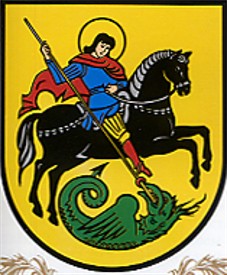
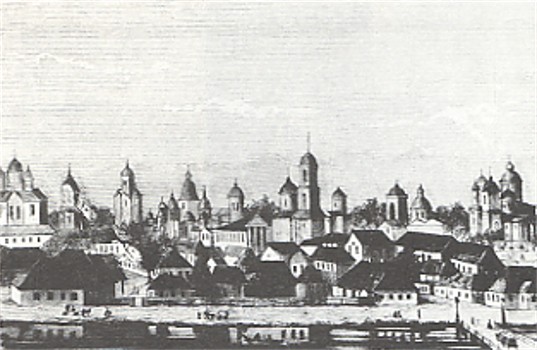
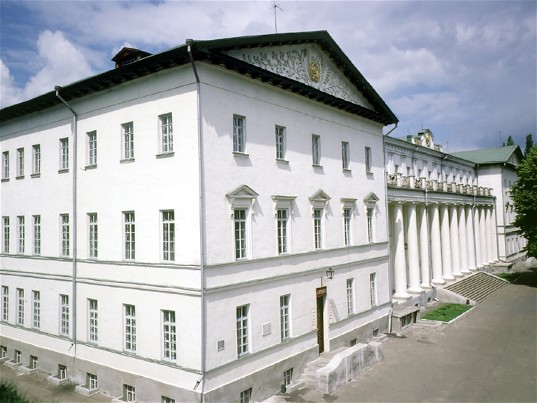
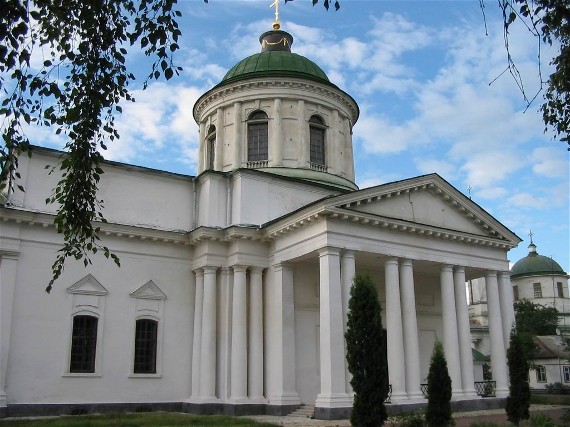
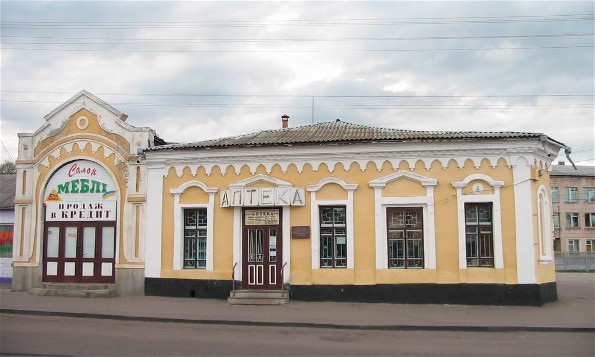
.jpg)
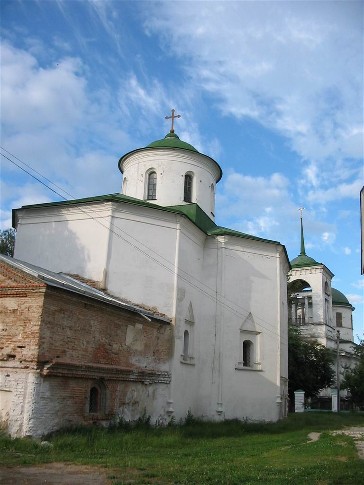
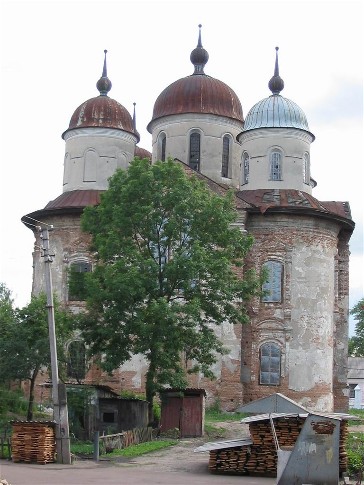
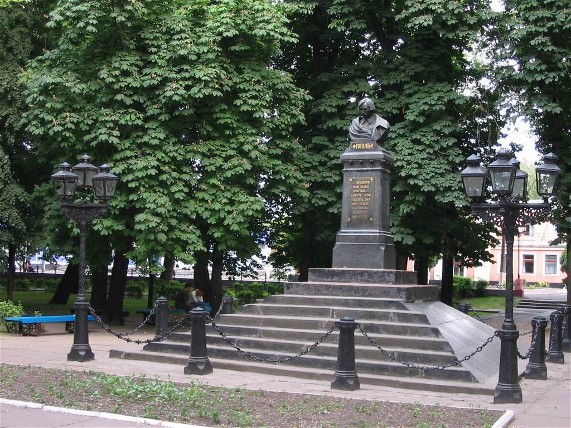
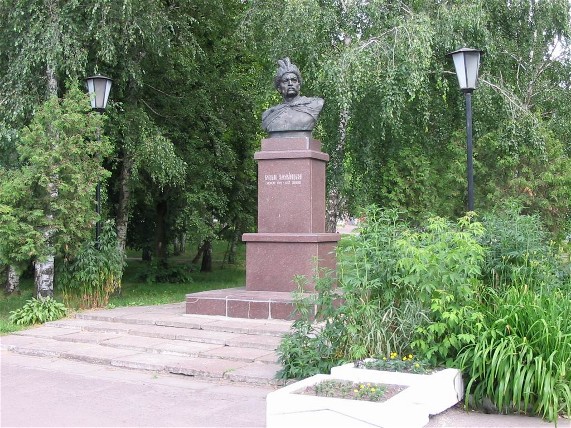
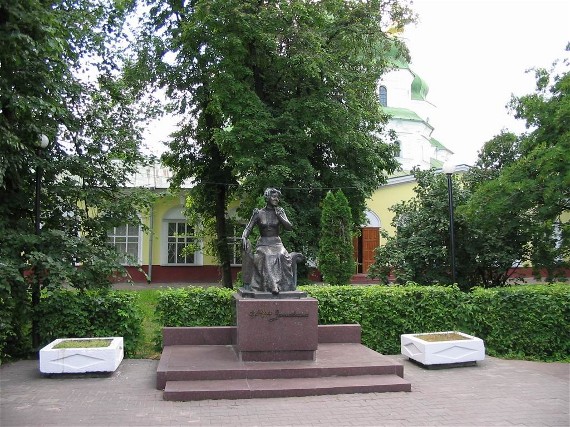
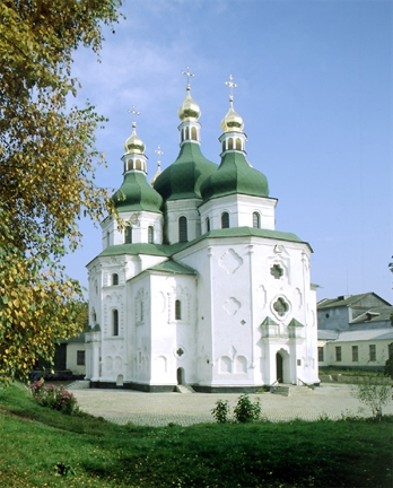
.jpg)